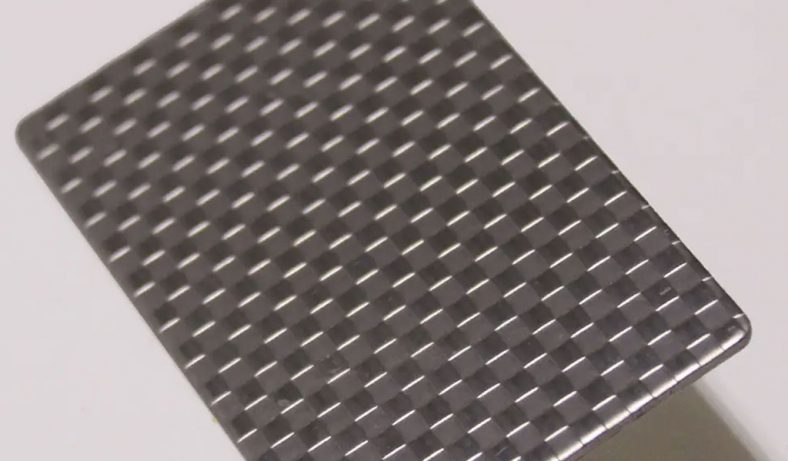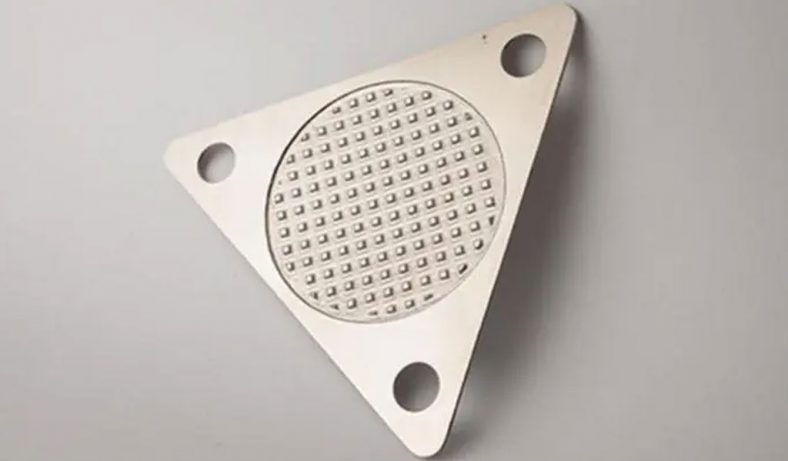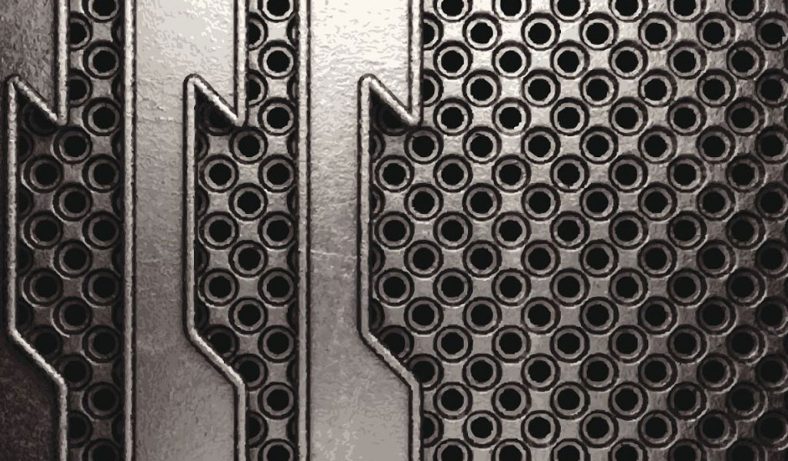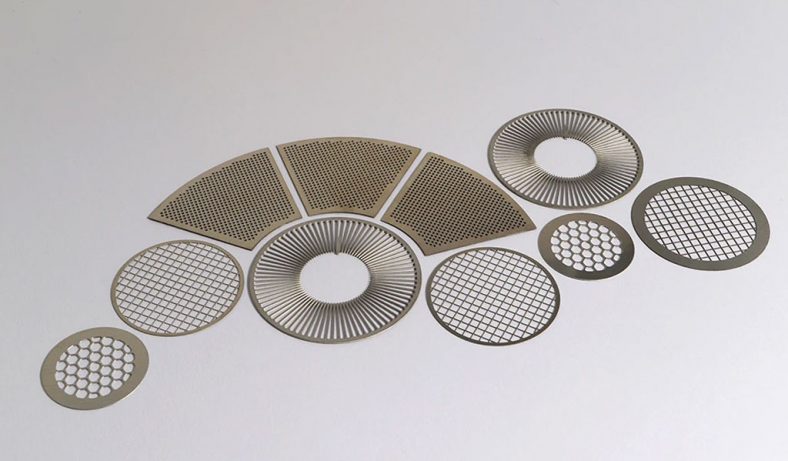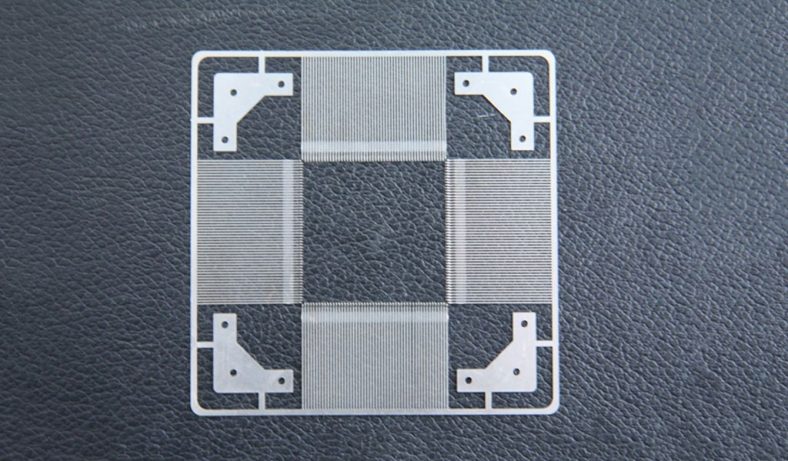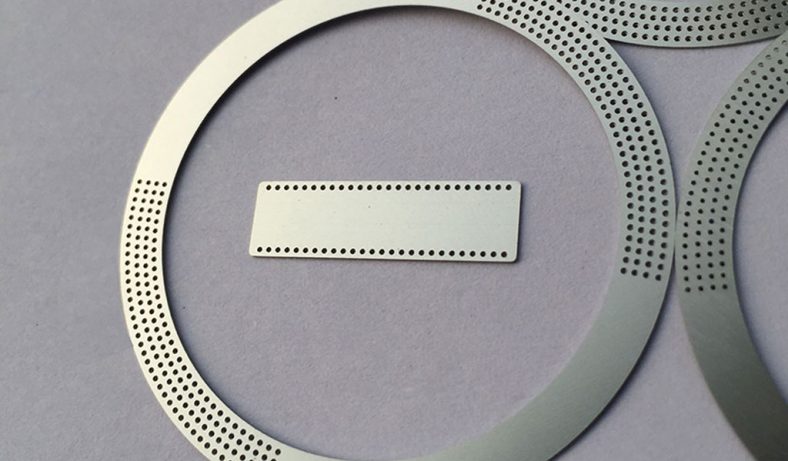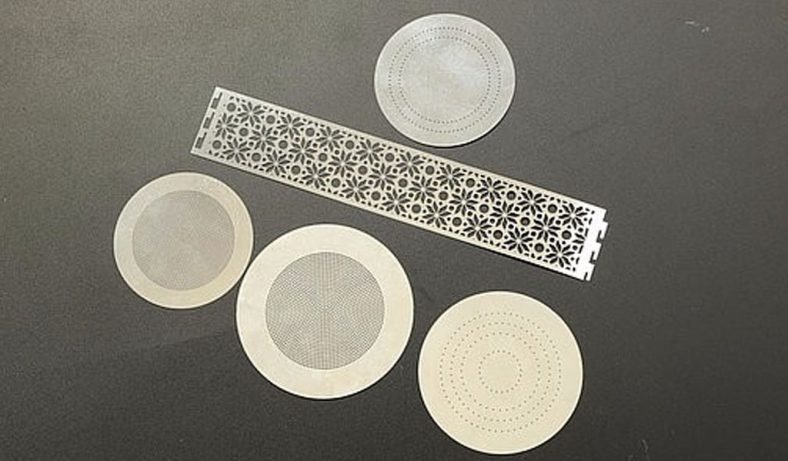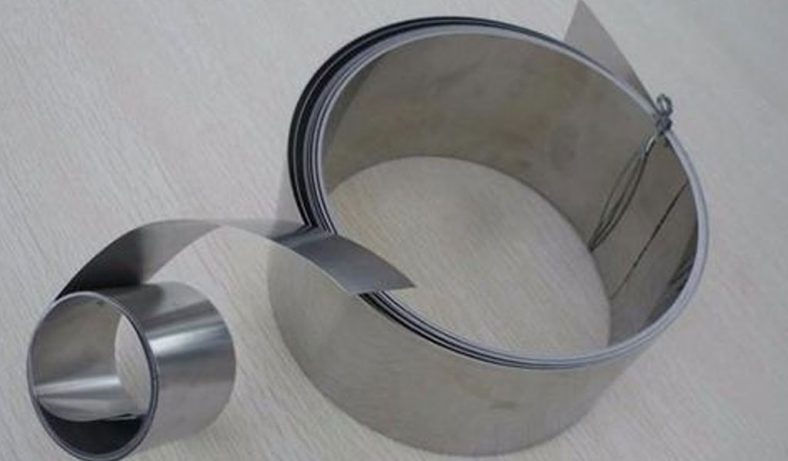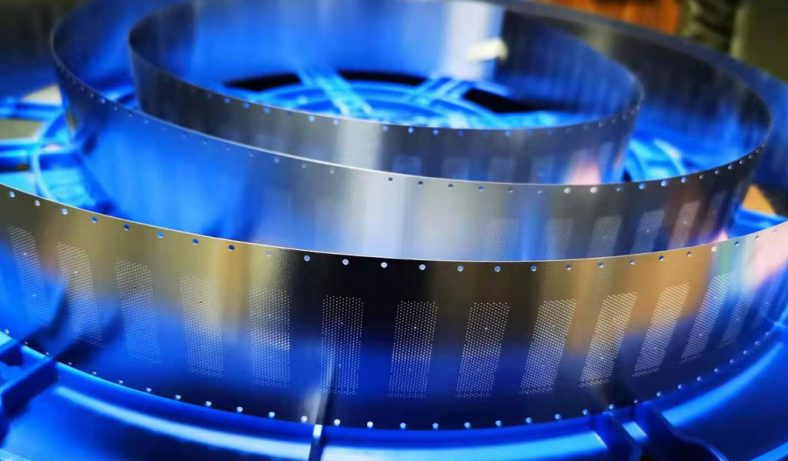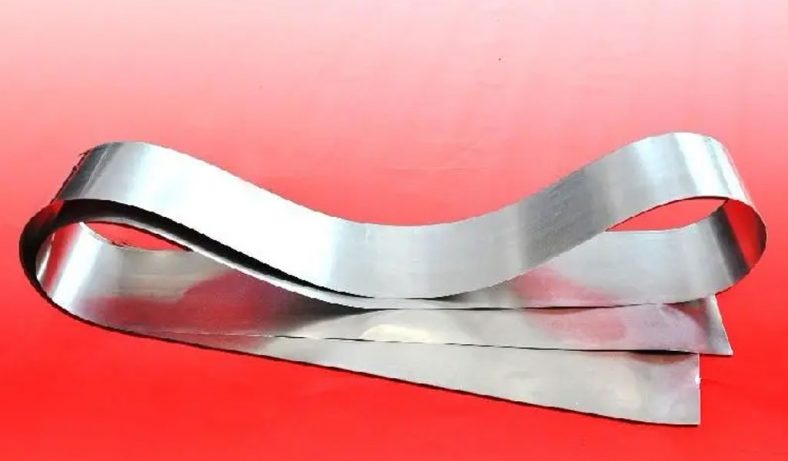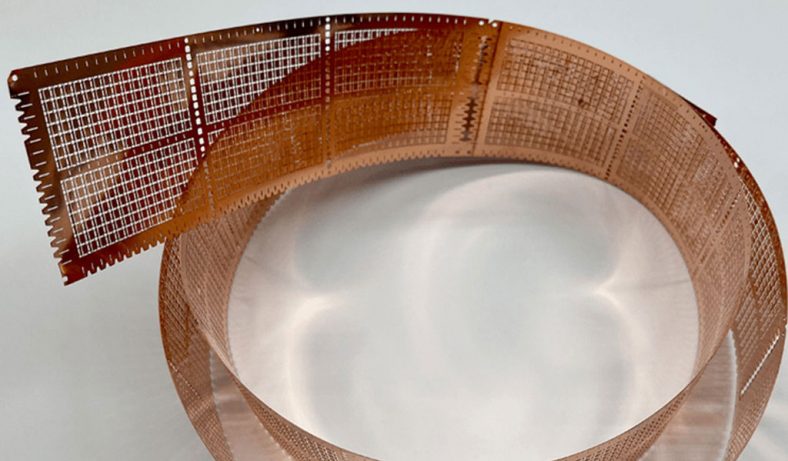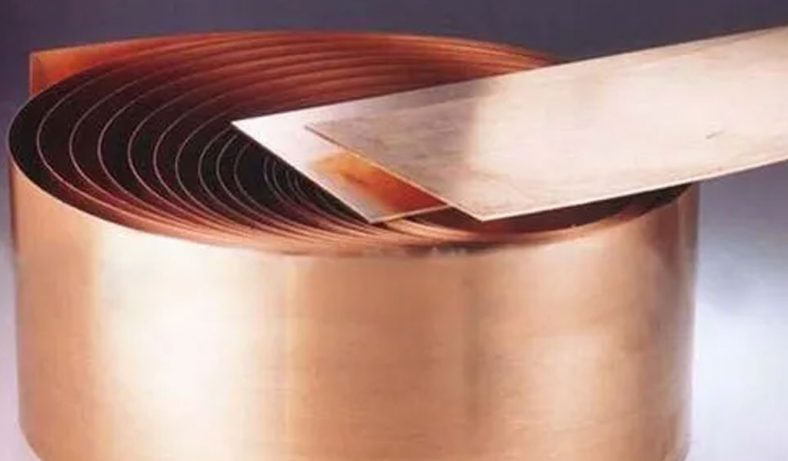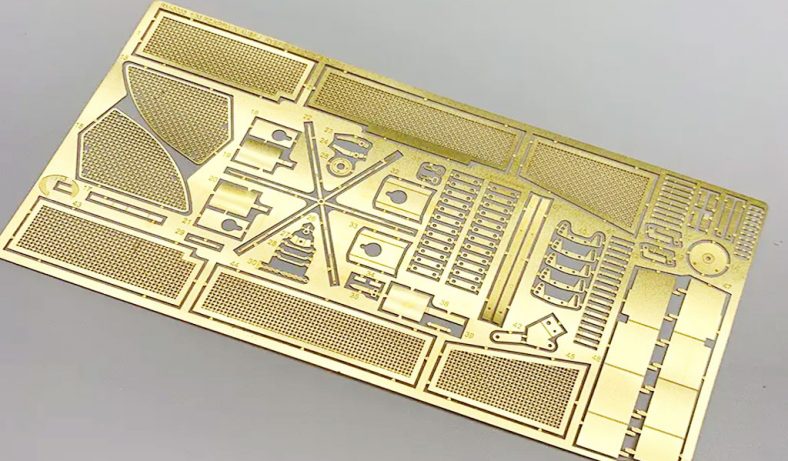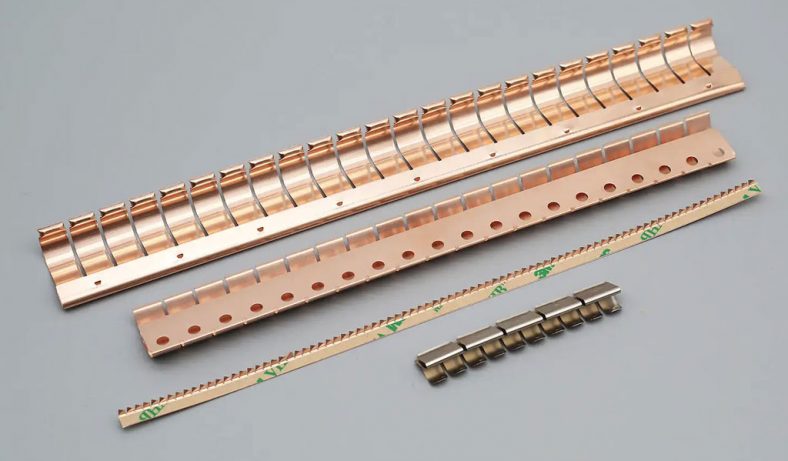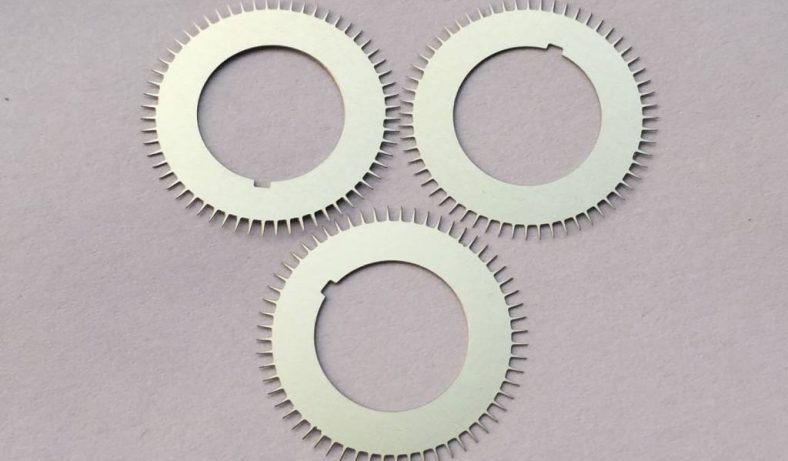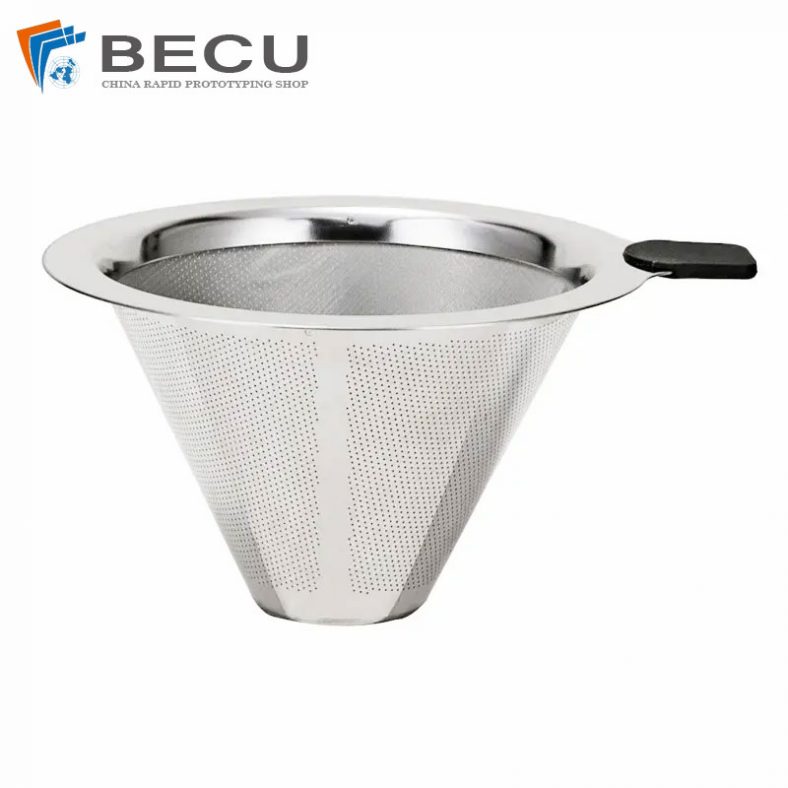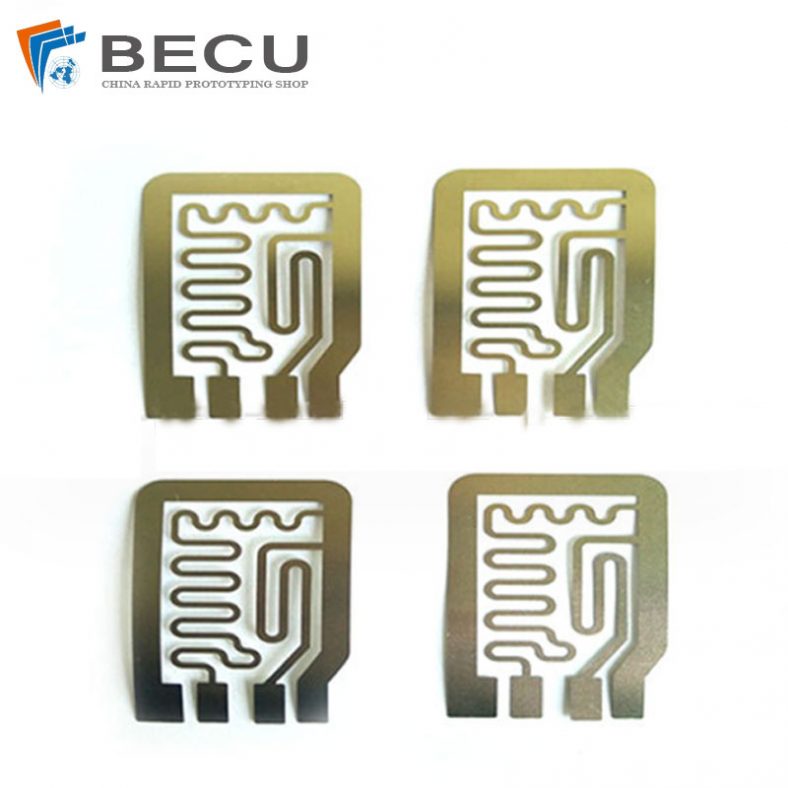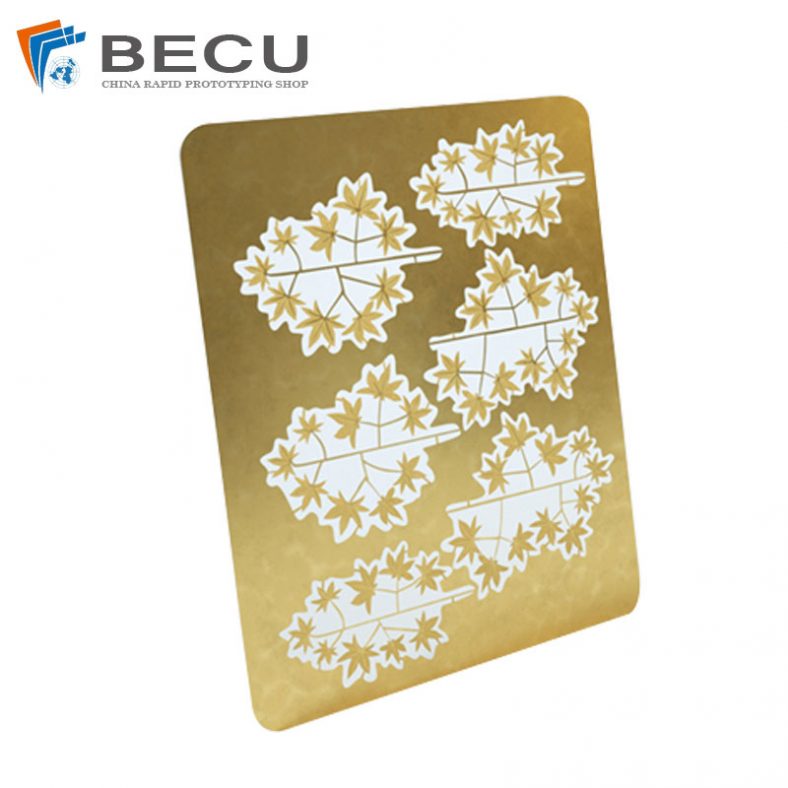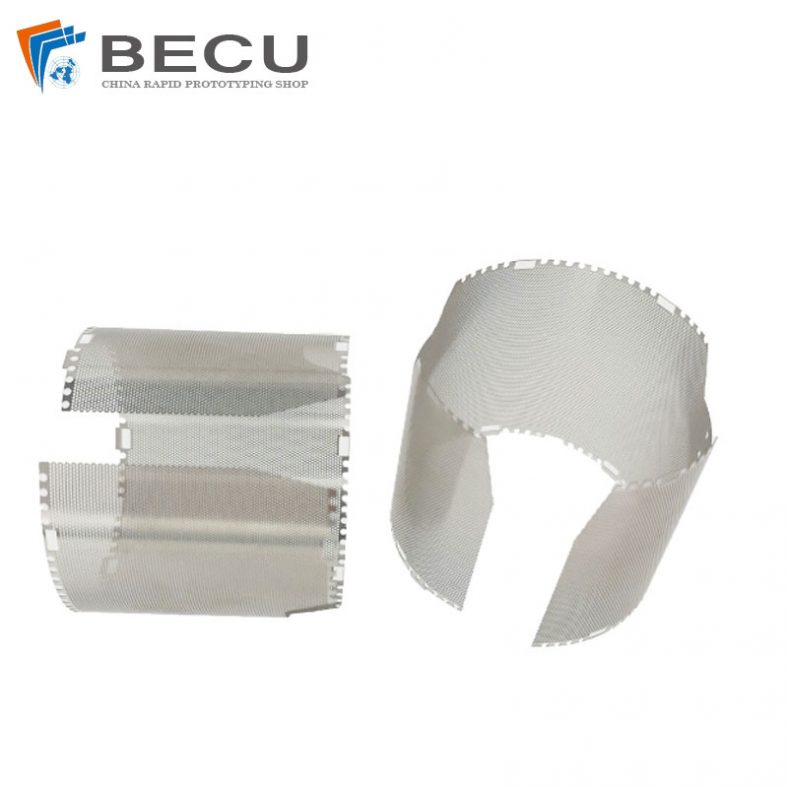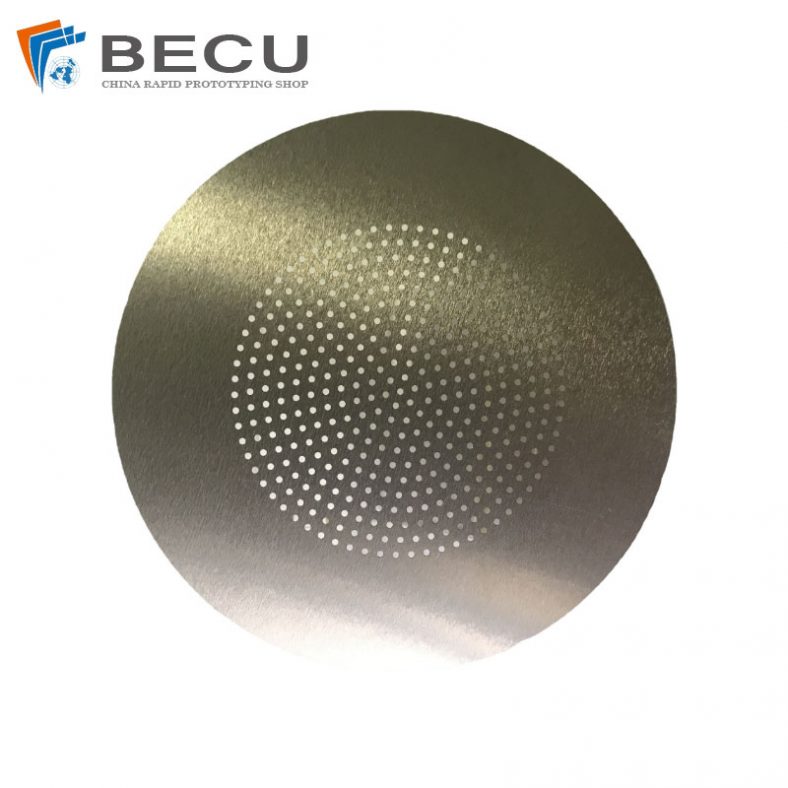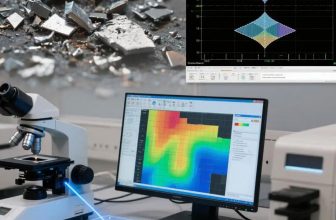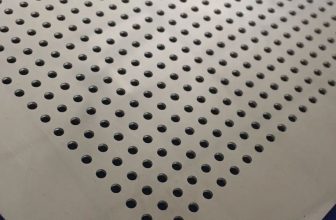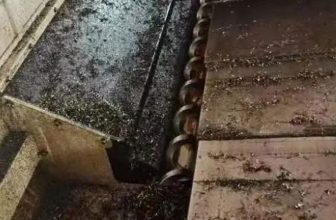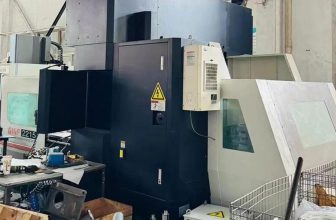High aspect ratio (HAR) plasma etching is a cornerstone of modern semiconductor device fabrication, enabling the creation of intricate nanoscale features critical to advanced integrated circuits, memory devices, and microelectromechanical systems (MEMS). As semiconductor technology nodes shrink below 3 nm, the demand for precise, reproducible, and efficient etching processes has intensified. HAR plasma etching involves the removal of material from a substrate using a plasma—a partially ionized gas containing reactive species, ions, and electrons—to form deep, narrow trenches or vias with aspect ratios (depth-to-width ratios) often exceeding 20:1. This article provides a comprehensive exploration of the modeling and optimization of HAR plasma etching, covering its principles, challenges, modeling approaches, optimization strategies, and applications in semiconductor manufacturing.
Introduction to Plasma Etching
Plasma etching is a dry etching technique that utilizes a plasma to remove material selectively from a substrate, typically a silicon wafer, to create patterns defined by a lithographic mask. Unlike wet etching, which relies on chemical solutions, plasma etching offers superior control over feature dimensions, anisotropy (directional etching), and compatibility with advanced materials. HAR plasma etching is particularly challenging due to the need to maintain vertical sidewalls, minimize defects, and achieve uniform etching across large wafers, all while managing complex physical and chemical interactions within the plasma and at the substrate surface.
The process begins with a plasma generated in a vacuum chamber by applying radiofrequency (RF) or microwave energy to a gas mixture, such as fluorine-based (SF₆, CF₄) or chlorine-based (Cl₂, BCl₃) gases, depending on the material being etched. The plasma contains reactive neutral species, ions, and electrons that interact with the substrate. Ions provide the directional energy needed for anisotropic etching, while neutral species contribute to chemical reactions that remove material. In HAR etching, the high aspect ratio of features introduces unique challenges, such as ion shadowing, neutral transport limitations, and charging effects, which necessitate advanced modeling and optimization techniques.
Fundamentals of High Aspect Ratio Plasma Etching
Plasma Physics and Chemistry
The plasma in HAR etching is a complex system characterized by a balance of ionization, dissociation, and recombination processes. The electron temperature, typically 1–10 eV, governs the generation of reactive species, while the ion energy, controlled by the bias voltage applied to the substrate, determines the etching anisotropy. Common plasma sources include capacitively coupled plasma (CCP), inductively coupled plasma (ICP), and electron cyclotron resonance (ECR) systems, each offering distinct advantages in terms of plasma density and uniformity.
The chemistry of the etching process depends on the gas mixture and substrate material. For silicon etching, fluorine-based plasmas are widely used due to their high etch rates, forming volatile SiF₄ byproducts. For dielectric materials like silicon dioxide (SiO₂), fluorocarbon gases (e.g., CF₄, CHF₃) are employed, which deposit a polymer layer on sidewalls to enhance anisotropy. Metal etching, such as aluminum or titanium, often uses chlorine-based plasmas, producing volatile metal chlorides. The choice of chemistry significantly impacts etch selectivity (the ratio of etch rates between different materials), sidewall profile, and defect formation.
Challenges in High Aspect Ratio Etching
HAR etching introduces several challenges that complicate process control:
- Ion Shadowing and Angular Distribution: As trenches deepen, ions may not reach the bottom due to collisions with sidewalls, leading to reduced etch rates and non-uniform profiles.
- Neutral Transport Limitations: Reactive neutral species must diffuse into deep trenches, where their flux decreases with increasing aspect ratio, causing etch rate variations.
- Charging Effects: Differential charging of insulating sidewalls can deflect ions, leading to bowing or twisting of features.
- Sidewall Passivation: Maintaining a protective polymer layer on sidewalls is critical to prevent lateral etching, but excessive deposition can clog features.
- Microloading and Aspect Ratio Dependent Etching (ARDE): Etch rates vary with feature size and density due to differences in reactant transport and depletion.
- Defect Formation: Undesirable effects like notching, footing, or undercutting can occur due to improper ion/neutral balance or mask erosion.
These challenges necessitate sophisticated modeling to predict etching behavior and optimization strategies to achieve desired outcomes.
Modeling Approaches for HAR Plasma Etching
Modeling HAR plasma etching involves simulating the physical and chemical processes occurring in the plasma and at the substrate surface. Models range from empirical to fully physics-based, each offering trade-offs between accuracy and computational complexity. Below, we discuss the primary modeling approaches used in HAR etching.
Empirical and Semi-Empirical Models
Empirical models rely on experimental data to correlate process parameters (e.g., RF power, gas flow, pressure) with etching outcomes (e.g., etch rate, uniformity). These models are simple and computationally efficient but lack predictive power outside the tested parameter space. Semi-empirical models incorporate some physical insights, such as ion flux or neutral diffusion, to improve generalizability. For example, a semi-empirical model might use a Langmuir adsorption isotherm to describe surface reaction rates while fitting parameters to experimental data.
While useful for process development, empirical models are less effective for HAR etching, where complex interactions dominate. Their primary advantage is rapid parameter optimization for specific tools and processes, but they cannot capture the full range of phenomena in high aspect ratio features.
Kinetic and Monte Carlo Models
Kinetic models solve the Boltzmann equation or simplified transport equations to describe the motion of charged and neutral species in the plasma. These models provide detailed information about ion energy distributions (IEDs) and angular distributions (IADs), which are critical for predicting anisotropic etching. Monte Carlo methods complement kinetic models by simulating individual particle trajectories, accounting for collisions and surface interactions.
In HAR etching, Monte Carlo models are particularly valuable for studying ion shadowing and neutral transport. For example, a Monte Carlo simulation can track the paths of fluorine atoms as they diffuse into a trench, revealing how aspect ratio affects reactant flux. These models are computationally intensive but provide high-resolution insights into microscopic processes.
Fluid and Hybrid Models
Fluid models treat the plasma as a continuous medium, solving conservation equations for mass, momentum, and energy. They are less detailed than kinetic models but more computationally efficient, making them suitable for large-scale simulations of plasma reactors. Hybrid models combine fluid and kinetic approaches, using fluid equations for the bulk plasma and kinetic methods for the sheath region near the substrate, where ion dynamics are critical.
For HAR etching, hybrid models are widely used to balance accuracy and computational cost. They can predict plasma uniformity, ion flux, and sheath properties, which influence etch uniformity and feature profiles. These models often incorporate surface reaction mechanisms, such as etching and polymerization, to simulate sidewall passivation and etch selectivity.
Molecular Dynamics and Quantum Mechanical Models
At the atomic scale, molecular dynamics (MD) and quantum mechanical (QM) models simulate the interactions between plasma species and the Substrate surface. MD models track the motion of atoms using classical force fields, capturing processes like sputtering, etching, and deposition. QM models, such as density functional theory (DFT), provide detailed insights into chemical reaction pathways and energy barriers.
In HAR etching, MD and QM models are used to study surface chemistry, such as the formation of SiFₓ intermediates or polymer deposition on SiO₂. These models are computationally expensive and typically applied to small systems, but they provide critical data for parameterizing higher-level models. For example, DFT calculations can determine the activation energy for fluorine etching of silicon, informing kinetic or fluid models.
Feature-Scale Models
Feature-scale models focus on the evolution of etched profiles within individual trenches or vias. These models couple plasma transport (ions and neutrals) with surface reactions, using techniques like level-set methods or string algorithms to track the moving etch front. Feature-scale models are essential for predicting sidewall profiles, bowing, and ARDE in HAR etching.
A typical feature-scale model includes:
- Ion Transport: Calculating ion trajectories and energy deposition at the trench bottom.
- Neutral Transport: Modeling diffusion and sticking coefficients of reactive species.
- Surface Reactions: Simulating etching, passivation, and sputtering based on reaction probabilities.
- Profile Evolution: Updating the feature geometry as material is removed.
These models are often validated against experimental cross-sectional images obtained via scanning electron microscopy (SEM).
Optimization Strategies for HAR Plasma Etching
Optimizing HAR plasma etching requires balancing etch rate, anisotropy, selectivity, uniformity, and defect control. Optimization strategies leverage experimental design, process control, and modeling to achieve robust, reproducible processes. Below, we explore key optimization approaches.
Process Parameter Optimization
Process parameters, such as RF power, bias voltage, gas flow rates, pressure, and temperature, directly influence etching performance. Design of Experiments (DoE) methodologies, such as response surface methodology (RSM) or Taguchi methods, are used to systematically explore parameter spaces and identify optimal conditions. For example, increasing bias voltage enhances ion energy and anisotropy but may reduce selectivity by increasing physical sputtering.
Table 1 compares the effects of key process parameters on HAR etching outcomes.
| Parameter | Effect on Etch Rate | Effect on Anisotropy | Effect on Selectivity | Effect on Uniformity |
|---|---|---|---|---|
| RF Power | Increases | Moderate increase | Decreases | Improves |
| Bias Voltage | Increases | Strong increase | Decreases | May degrade |
| Gas Flow Rate | Increases (to a point) | Minimal effect | Varies with chemistry | Improves |
| Chamber Pressure | Increases (to a point) | Decreases | Increases | May degrade |
| Substrate Temperature | Varies with chemistry | Minimal effect | Varies with chemistry | Minimal effect |
Table 1: Effects of process parameters on HAR plasma etching performance.
Gas Chemistry Optimization
The choice of gas mixture is critical for achieving desired etching characteristics. For silicon HAR etching, SF₆/O₂ mixtures are common, with oxygen promoting sidewall passivation by forming SiOₓFᵧ layers. For dielectric etching, fluorocarbon gases like C₄F₈ or CHF₃ deposit polymer films that protect sidewalls, enhancing anisotropy. Adding diluent gases, such as argon or helium, can improve plasma stability and ion flux.
Optimization involves tuning the ratios of reactive and passivation gases. For example, increasing the C₄F₈ fraction in a SiO₂ etch process enhances polymer deposition, improving selectivity to silicon but potentially reducing etch rate. Advanced techniques, such as pulsed gas delivery, allow precise control of gas composition during the etch cycle, mitigating ARDE and improving uniformity.
Pulsed Plasma Techniques
Pulsed plasma etching, where RF power or gas flow is modulated, offers significant advantages for HAR etching. By alternating between etching and passivation phases, pulsed plasmas can:
- Reduce charging effects by allowing charge dissipation during off periods.
- Enhance sidewall passivation by promoting polymer deposition during low-power phases.
- Mitigate ARDE by improving neutral transport during pulsed cycles.
For example, in Bosch etching (a cyclic process for deep silicon etching), SF₆-based etching steps alternate with C₄F₈-based passivation steps, producing highly anisotropic trenches with scalloped sidewalls. Optimization of pulse frequency, duty cycle, and gas timing is critical to achieving smooth profiles and high etch rates.
Advanced Hardware Design
Reactor design plays a crucial role in HAR etching performance. ICP and CCP systems are optimized for high plasma density and uniformity, while ECR systems offer low-pressure operation for enhanced ion directionality. Features like multi-frequency RF generators, independent bias control, and temperature-controlled chucks enable precise process tuning.
For example, dual-frequency CCP systems use a high-frequency source (e.g., 60 MHz) to generate plasma and a low-frequency bias (e.g., 13.56 MHz) to control ion energy, allowing independent optimization of plasma density and anisotropy. Table 2 compares common plasma sources for HAR etching.
| Plasma Source | Plasma Density | Ion Energy Control | Uniformity | Typical Applications |
|---|---|---|---|---|
| CCP | Moderate | Good | Good | Dielectric, metal etching |
| ICP | High | Moderate | Excellent | Silicon, dielectric etching |
| ECR | High | Excellent | Moderate | HAR etching, low-pressure processes |
Table 2: Comparison of plasma sources for HAR etching.
Machine Learning and Data-Driven Optimization
Machine learning (ML) and artificial intelligence (AI) are increasingly applied to optimize HAR etching. ML models, trained on experimental or simulated data, can predict etching outcomes, identify optimal parameters, and detect process drifts. Common approaches include:
- Supervised Learning: Predicting etch rate or profile based on process parameters.
- Reinforcement Learning: Optimizing parameter sequences in real-time during etching.
- Anomaly Detection: Identifying defects or equipment faults using sensor data.
For example, a neural network trained on SEM images and process logs can predict sidewall bowing as a function of RF power and gas flow, guiding process adjustments. ML also enables virtual metrology, where etching outcomes are estimated without destructive measurements, reducing costs and cycle times.
Applications in Semiconductor Manufacturing
HAR plasma etching is integral to several semiconductor device fabrication processes, including:
Logic Devices
In advanced logic nodes (e.g., 3 nm, 2 nm), HAR etching is used to create fin structures for FinFETs and gate-all-around (GAA) transistors. These structures require precise control of trench depth, sidewall angle, and critical dimensions (CDs). For example, etching high-k/metal gate stacks involves chlorine-based plasmas to achieve selectivity to underlying silicon.
Memory Devices
3D NAND flash memory relies heavily on HAR etching to form deep memory channels and word lines. Aspect ratios exceeding 50:1 are common, requiring advanced Bosch processes to maintain vertical profiles over hundreds of nanometers. Dielectric etching for capacitor formation in DRAM also uses HAR techniques to maximize surface area.
MEMS and Power Devices
MEMS devices, such as accelerometers and gyroscopes, use HAR silicon etching to create high-aspect-ratio structures like cantilevers and trenches. Power devices, such as insulated-gate bipolar transistors (IGBTs), require deep trench etching for isolation and gate formation, often using fluorine-based plasmas.
Photonics and Interconnects
In photonic integrated circuits, HAR etching creates waveguides and gratings with submicron precision. For interconnects, dual-damascene processes use HAR dielectric etching to form vias and trenches for copper metallization, requiring high selectivity to barrier layers like TaN.
Challenges and Future Directions
Despite significant advances, HAR plasma etching faces ongoing challenges:
- Scaling to Sub-2 nm Nodes: As feature sizes shrink, atomic-scale precision becomes critical, requiring new chemistries and modeling approaches.
- Material Complexity: Emerging materials like 2D materials (e.g., MoS₂) and high-k dielectrics demand tailored etching processes.
- Sustainability: Reducing the environmental impact of etching gases, such as perfluorocarbons, is a growing priority.
- Throughput and Cost: Balancing high etch rates with precision and uniformity remains a challenge for high-volume manufacturing.
Future directions include:
- Atomic Layer Etching (ALE): ALE offers sub-nanometer precision by alternating self-limiting etching and passivation steps, ideal for HAR features.
- Cryogenic Etching: Low-temperature etching enhances selectivity and reduces defects by altering surface reaction kinetics.
- In-Situ Monitoring: Real-time diagnostics, such as optical emission spectroscopy (OES) and mass spectrometry, enable closed-loop process control.
- Quantum-Inspired Modeling: Quantum computing may accelerate MD and DFT simulations, improving model accuracy for complex materials.
Conclusion
High aspect ratio plasma etching is a critical technology for semiconductor manufacturing, enabling the fabrication of advanced devices with nanoscale precision. Modeling and optimization of HAR etching require a multidisciplinary approach, combining plasma physics, surface chemistry, and computational techniques. By addressing challenges like ion shadowing, neutral transport, and charging effects, and leveraging advances in process control, hardware design, and machine learning, the semiconductor industry continues to push the boundaries of etching performance. As technology nodes evolve and new materials emerge, HAR plasma etching will remain at the forefront of innovation, driving the development of next-generation electronics.

